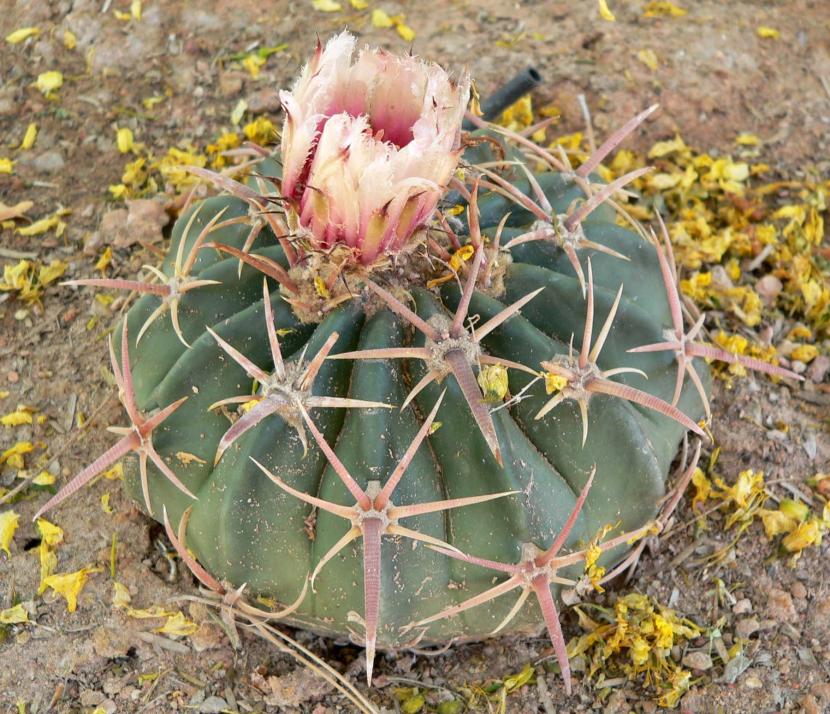With the arrival of summer there are some plants in our garden that are having a great time. Heat, high temperatures, occasional watering, sporadic fertilization ... Without a doubt, conditions very similar to those in their places of origin.
By the way, did you know that these types of plant beings are also known as xerophytic plants?

The word xerophyte comes from the Greek, which means xero-: dry and -fita: plant. They are plants that have adapted to water scarcity, modifying its leaves and stems in such a way that any drop of the precious liquid that is on or around the plant will absorb it. Thus, xerophytes have long roots, very small leaves with few pores, or they may even have thorns.

In many cases, the plant has well stored its water reserve in the stems, which thicken. Some examples would be cacti or caudiciforms (such as the Adenium obesum).

Other examples of xerophytic plants are those that have covered its leaves with hairs or wax to maintain an adequate leaf temperature. So are those that roll them up to reduce the surface area of perspiration -a vital function that involves a significant water expenditure-.

Thus, in our country we find many of them. Especially in the Mediterranean region, where rainfall is very scarce and plants must adapt if they want to survive. Its leaves are usually small to avoid consuming more water than will be available throughout the season.
Lavender, rosemary, olive, wild olive, oleanders ... all of them are exceptional plant beings to have in a low-maintenance garden, since they are the experts in growing with a few hundred liters of water annually.
Have you had unsolved doubts? If the answer is yes, please contact contact with us 😉.
